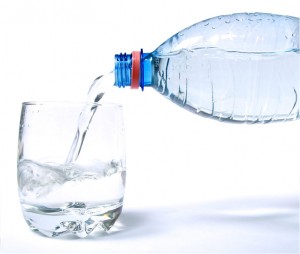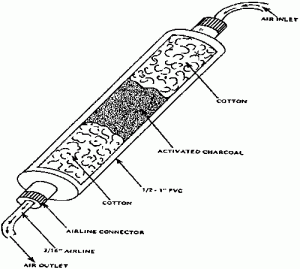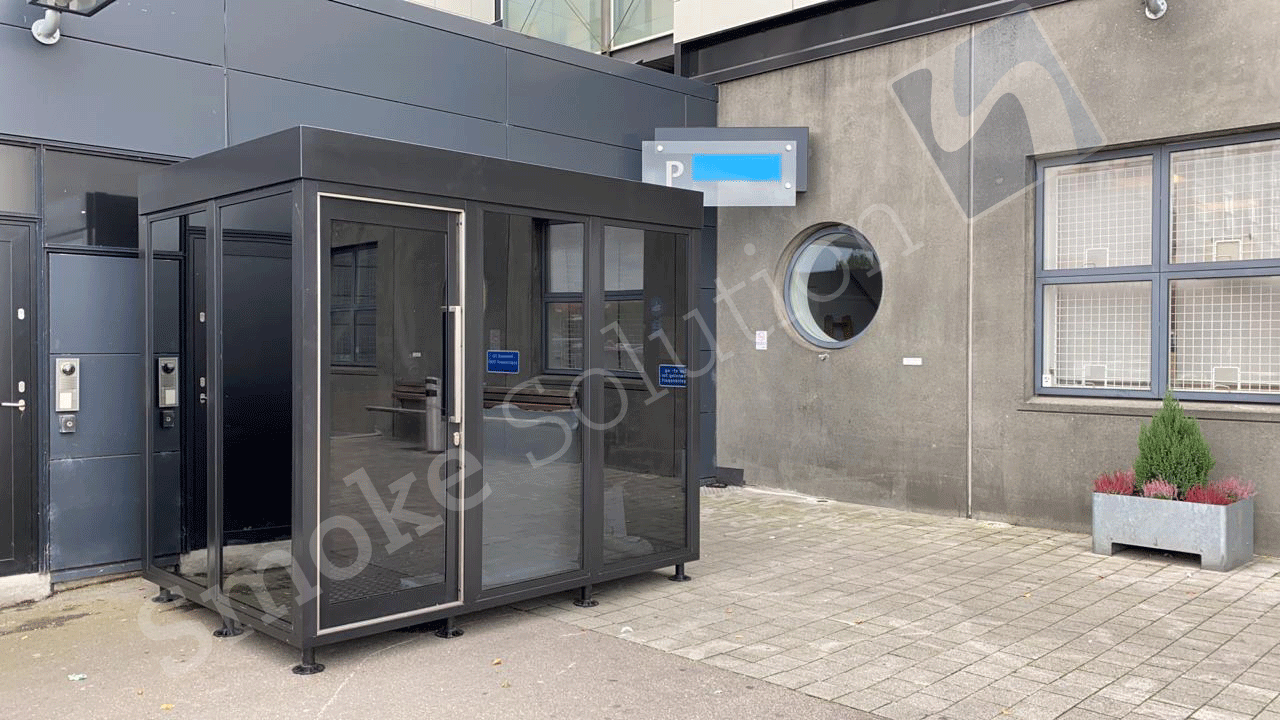Contamination, the introduction of a pollutant or undesirable material into the air, soil, or water, has many negative and far-reaching effects. Thus it is important to protect drinking water from contamination for public health, economic, and environmental reasons.
Water is necessary to all living things. It makes up approximately 70% of the human body’s weight and plays a role in its functions, such as digestion and cooling. Without clean drinking water, we could not survive. If the drinking water is contaminated, many health risks can result: bacteria can result in illnesses such as hepatitis or cholera; a component of gasoline, benzene, is known to be a carcinogen; lead causes kidney, liver, and nerve damage as well as pregnancy risks.
Protecting drinking water also makes good environmental sense. In the past, people thought that if we buried chemicals in the ground they would disappear. This is now a proven fallacy that has resulted in dire consequences for our environment. Everything we put into the environment accumulates. Contamination can take years to clean up and not all ground water contamination can be treated successfully with current technology. This is why pollution prevention is crucial.
What is contamination?
Contamination is the introduction of a pollutant or undesirable material into air, soil, or water. There are three types of contaminants: microorganisms, inorganic chemicals, and organic chemicals. Microorganisms are living organisms such as bacteria, viruses, and Giardia. Inorganic chemicals such as nitrate, arsenic and metals are another type of contaminant. Microorganisms and some inorganic chemicals are naturally occurring substances that taken out of drinking water through treatment at our local water systems. Organic chemicals can be solvents, fuels, and pesticides.


